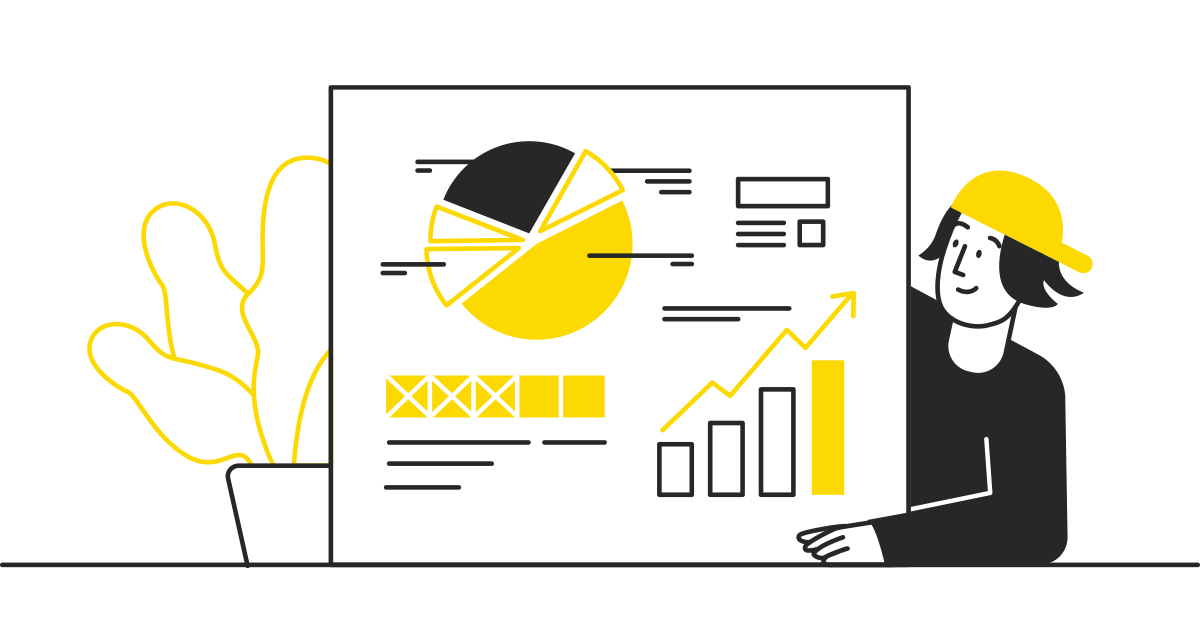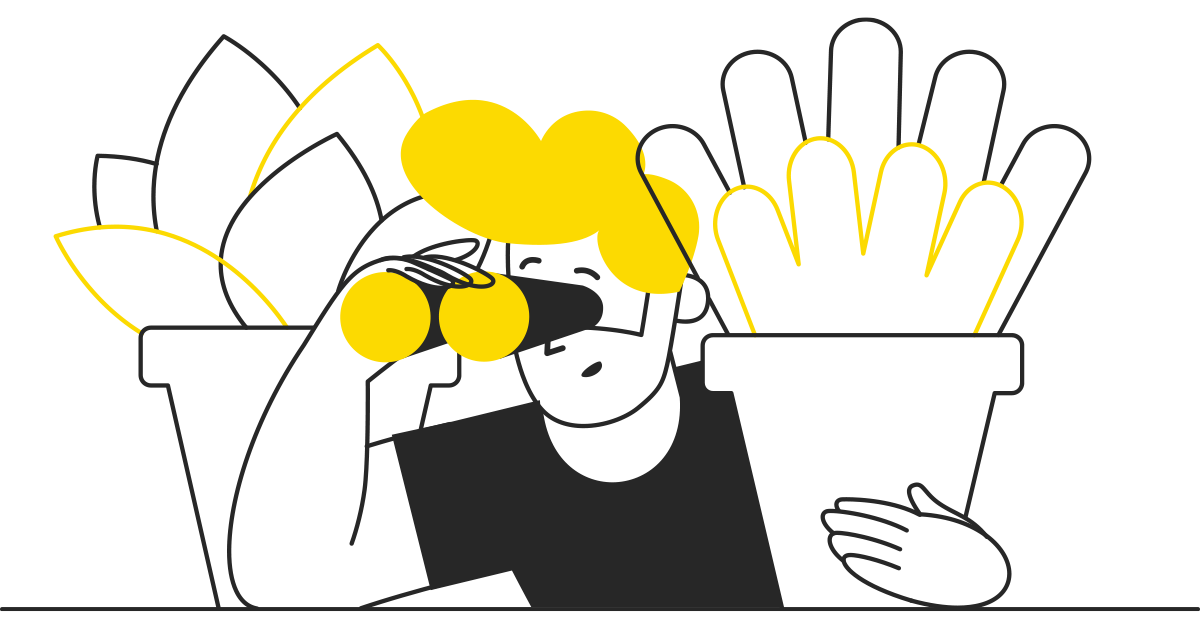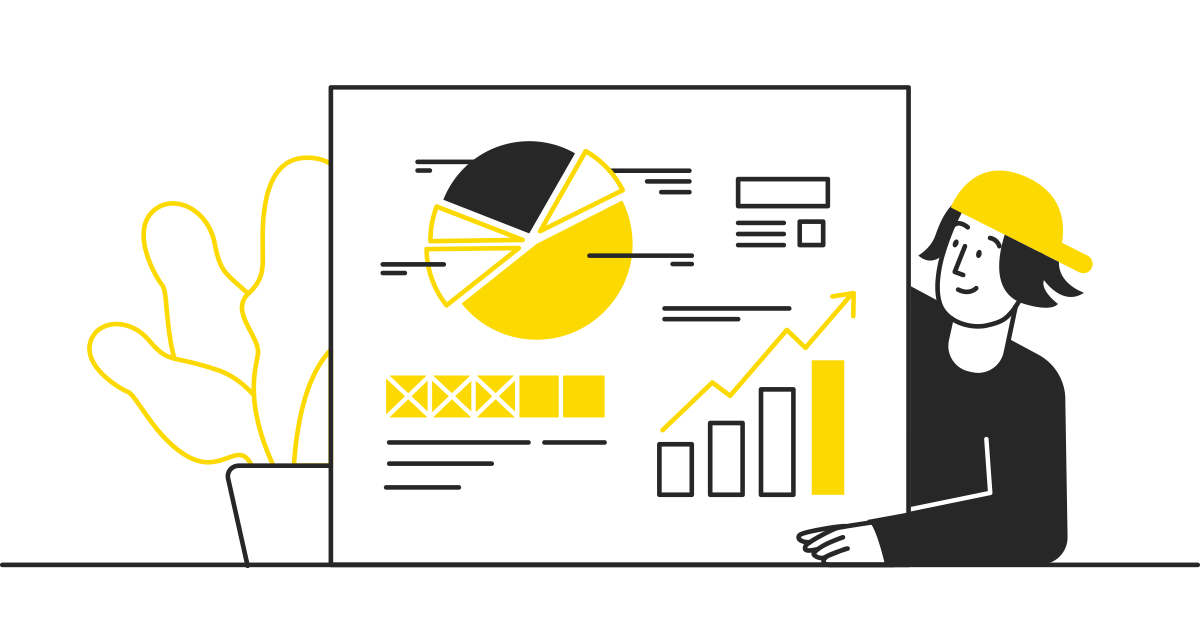
4 July 2023 | 7 Minute(s) to read
McDonalds, Mike Pero, Mad Butcher. Big franchises with big marketing budgets. As a business owner you would kill to have the type of marketing exposure that these companies receive, right?
Imagine the change in your business fortunes if you were able to get the type of reach and frequency of exposure that franchises do. Well, read on… it’s important to know that with the right strategy it is easier than ever to compete with the big boys, and we are about to show you how to market like a franchise.

First of all a few truths. There is no sense in comparing a small to medium business’s budget to that of a mega corporate, that’s like comparing a humble tabby cat to a tiger. What we will show you here is how to think smart! By maximising the budgets and utilising the tools you have better, you too can play in the same sandpit as the big kids.
Also don’t fear your competition, a tiger can be tamed. Know that not all franchises have it together in terms of marketing. Any franchise owner will tell you that much of the local marketing required is up to them. Often individual franchises are run like small to medium businesses like you but with the benefit of a larger brand.
Apart from television, simply because of the placement cost, you should be able to compete on all platforms that large franchise companies do, particularly on a local level. Here is a list of 10 marketing platforms you can use to effectively market your business:
- Radio
- Social media
- Google ad network
- Search engines
- Sponsorship
- Store activations and events
- Collaborative product offerings with other businesses
- Lead generation service offerings or presentations (generally free or low cost)
- Product & Service bundling and up selling
Marketing Isn’t Advertising.
This is a really important point, don’t run before you can walk. We raise this because it is a common misconception and will be one of the main things that is holding you back and making your current advertising ineffective.
Marketing = Strategic thinking to maximise your brand or offer
Advertising = Is the vehicle/platform used to broadcast your marketing message/offer
Many times we have a business contact us and ask, “how much for Google ads?” or, “I need to get a brochure?”, or, “can you do me a Facebook ad?”. All of these are platforms of advertising and the answer is yes we can do all of these but our next question is - where are these ads sending your customer to, what information is available to your customers when they get there? How easy is it to contact you from there? Once they have visited your site or store when and how are you going to contact them next and how often?
The strategy behind answering these questions is marketing. It's this strategic thinking that will allow you to extend your reach, increase the frequency in which your clients and customers see your brand, increase the effectiveness of your spend and drastically increase the chances of securing a sale.

7 Key Points To Create An Effective Marketing Strategy.
Strategy differs for every campaign but to be effective we recommend that you know these 7 key points to create an effective marketing strategy.
- Determine your goals and objectives - this helps you understand what you want out of the campaign and allows us to understand how to measure the success of the campaign.
- Determine your audience - then you know who you are marketing to and how to talk to them. If you have multiple target audiences, consider their worth to you, this should then impact your marketing effort & spend.
- Create your offer to match your audience and what appeals to them.
- Select the platforms that will reach that audience. It doesn't just start and stop at Facebook
- Determine your cost per acquisition - this is the figure that you are happy to spend to acquire or facilitate the purchase of your offer (could also be a cost per lead). This is the most effective way of setting your advertising budgets online.
- Determine the length of time for the campaign to create scarcity within the offer.
- Review your strategy at the end of the campaign and refine for next time based on data based analytics, staff and client feedback.
Marketing Campaign Map.
The marketing campaign map shows all the touch points that you will want to employ to ensure that the campaign is effective.

Let’s take a look at the key areas of this map.
- Paid ads. Whether they are Facebook, Google display, Google search, LinkedIn or Pinterest ads, no matter the platform these ads need to point directly to your sales page with the offer - this page needs to be written well with convincing sales copy and imagery - the ads will get people there but it's the page that will convince people to buy. Generally your existing website product page is not an adequate sales page.
- Your Website. Ensure that you have Facebook Pixel, LinkedIn Insight tag and Google remarketing tag on your website - that way anyone who visits your site will be saved as an audience and can then have your ads shown to them when they look around the internet and on Facebook. This ensures that you are showing ads to a warm audience who have already expressed an interest in your services or product. This pixel and remarketing tag should be in effect for all pages of your site not just your sales page.
- Capturing your customers. Once the customer has made a purchase it's important to have their information stored in a CRM (Client Relationship Manager) or a list of some sort so that you can market to them again. This list will allow you to offer them specific products based on their past purchase and behaviours making you and your products and services more relevant to them.
- The follow up. Vital to up selling and getting more value out of the customer. Firstly, a thank you email with order confirmation should be sent straight away to build trust with the customer. Within 1 week you should be sending a follow up email with an additional offer - this is an exclusive offer only for them and allows you to get more value out of the customer and bring the customer acquisition cost down. This is generally a recommended product that can make their initial purchase better or is an appropriate product that complements the purchase.
- Feedback. Within 2 weeks, and assuming they have received the product, an email asking for a review will assist in building your credibility by having authentic customer reviews of your product. These can be left on your Facebook page or even better, your Google My Business listing.
- Customer loyalty. Alongside this why not turn a happy customer into an advocate? If you are able to supply the customer with a link to send to their friends, you will be able to reward that customer when one of their friends purchases from your site. This incentivises the original customer to recommend and sell your product for you - they are a much more reliable and authentic source of recommendation for your product.
A Franchise’s Campaign On A Small Business Budget.
As you can see it’s not all down to the amount you have to spend on advertising. Often major gains can be made by clearly defining your marketing strategy and better implementing the tools you already have.
Get your strategy in order, capture your warm leads, provide desirable limited time offers, and follow up with relevant information and you are well on your way to increasing your sales through effective marketing that allows you to market like a franchise.